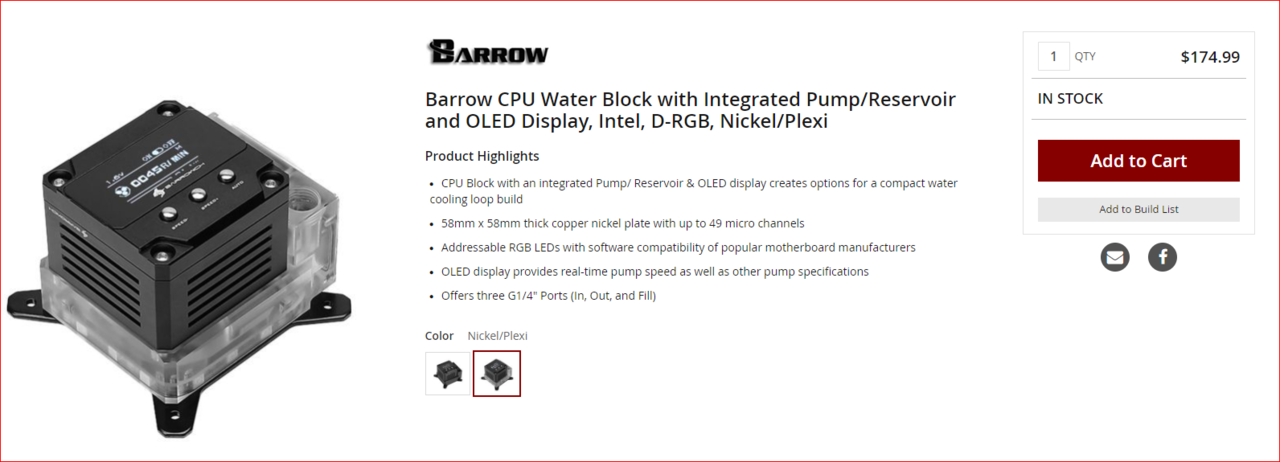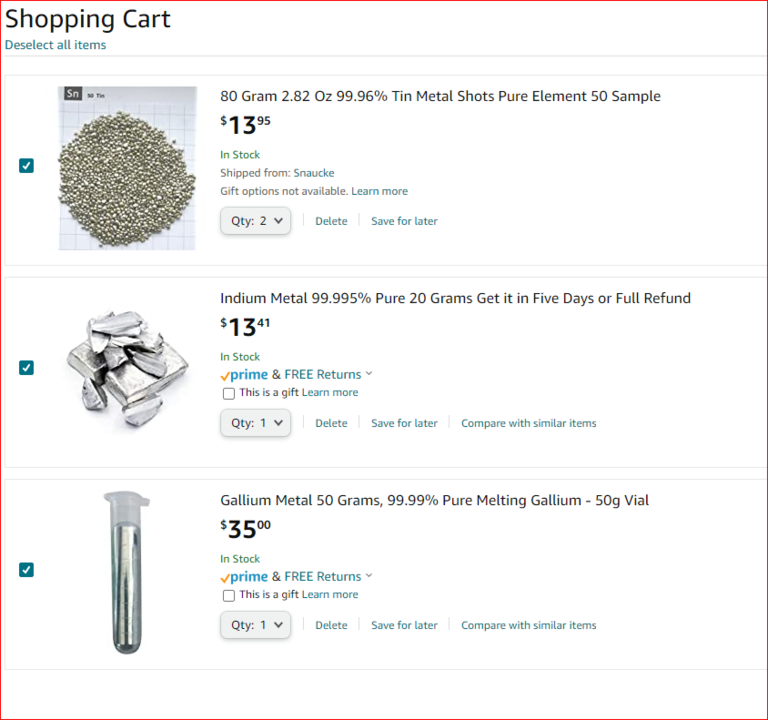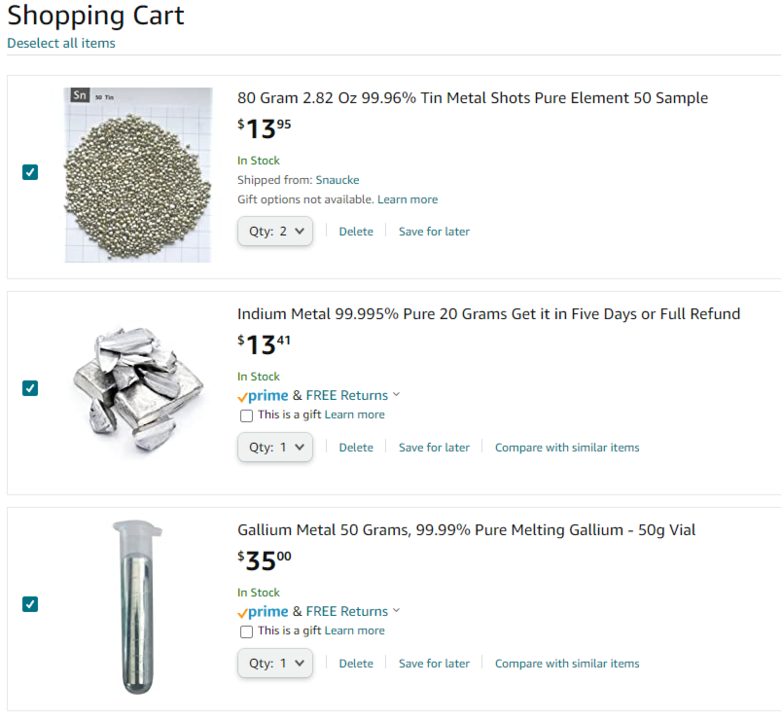They both contribute to turbulent air, but I doubt there is much connection beyond that.
Here is a crash course.
Part 1: Gary Talks about the Vortec combustion chamber design.
"Here is the short version of the importance of combustion chamber design. First some assumptions, air fuel ratio is right, meaning enough present oxegen to support total combustion of the fuel. Second, forget about the "crevice", the area above the top ring between piston and cylinder wall where the fuel will not burn efficiently. Third, assume flat top piston, best design, promotes most rapid flame travel. Now compare a theoretical combustion chamber with piston at tdc and no air movement. This of coarse would never happen, but bare with me. To burn the fuel would require maybe 60 degrees of timing lead, because you have only the close proximity of the fuel atoms to spread the burn from the plug accross the area of the chamber. This would mean your engine would "fight" against building combustion pressure as piston approached tdc. Very inefficient. "old fashioned" combustion chambers are more desireable than our theoretical case because they induce turbulence. The turbulence speeds the spread of the burn, but in a random and uncontrollable fashion. Requireing maybe 34-38 degrees ignition timing lead. Better, but still not great. This is all heads built prior to the early 90's. And, most aftermarket heads, which are "tweaked" copies of "old fashioned" production heads. Now consider the Vortec head with its predictable and repeatable swirll patterns. Faster burn rate than our previous examples, requireing even less timing lead, about 30-32 degrees, therefore engine has to fight the mounting pressure less than the previous examples. This means more power available to put to the ground, or up in smoke I guess. The theoretical ideal engine would have such a fast burn rate that total combustion would happen at the moment of ignition. Then you could run 0 or 1 degree timing lead. Don't hold your breath waiting for this to be reality, the laws of physics aren't cooperating with us on that one. Make sense to ya?
Regarding port design, "total area under the curve" is most important. Most buy heads based on peak claimed flow at some valve lift (ie. 250 cfm at .600" lift.) But more important than that is flow at all levels and particularly low lift flow. If you chart your flow at all valve lifts from open to close it looks like a bell graph (the line will be shaped like a bell). The fatter the bell the better. A narrow pointy bell is no good. Also, you need efficient flow management, that is laminar flow without turbulence in the ports. Turbulence creates "voids" or low pressure pockets that mean your port will not pass as much air as the same port witout turbulence would. Laminar flow takes the air through the port intact, essentially fills the port with quality air without "voids". Another thing to consider is velocity and momentum. Air and fuel have mass, so they can be accelerated and will have momentum. The Vortec head uses a venturi built into the port shape to accelerate the air/fuel after it makes the turn toward the valve. This creates low pressure behind it, drawing more air/fuel. And it gives the air fuel high velocity and momentum so that it has a lot of energy when it hits the back side of the open valve, because at this point it has to be redirected and loses energy as it's redirected.
So, bottom line is best high velocity laminar flow at all valve lifts with a controlled high swirll chamber, combined with a flat top piston. Currently, no aftermarket head can begin to compare with the Vortec, even the Fast Burn lags a little behind in the quality of these characteristics."









